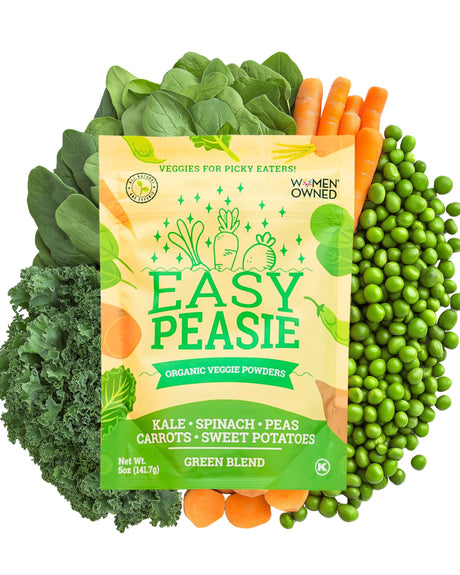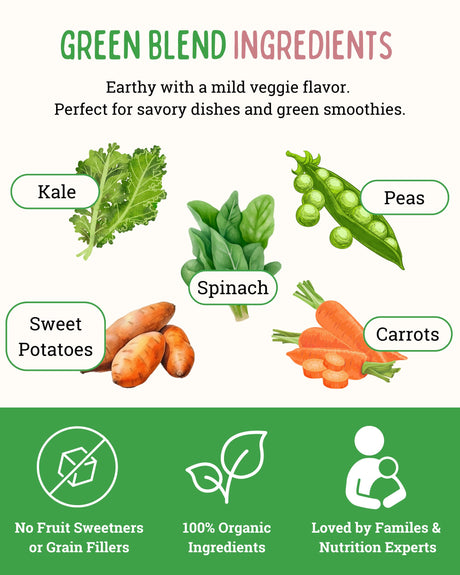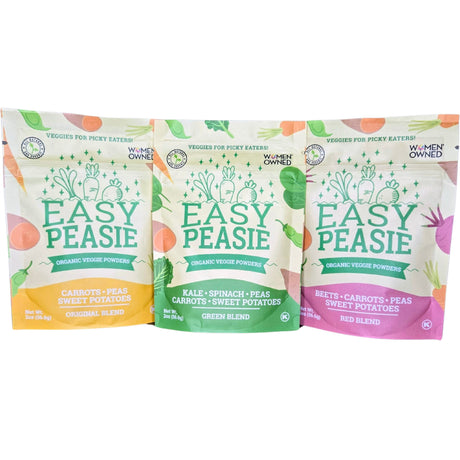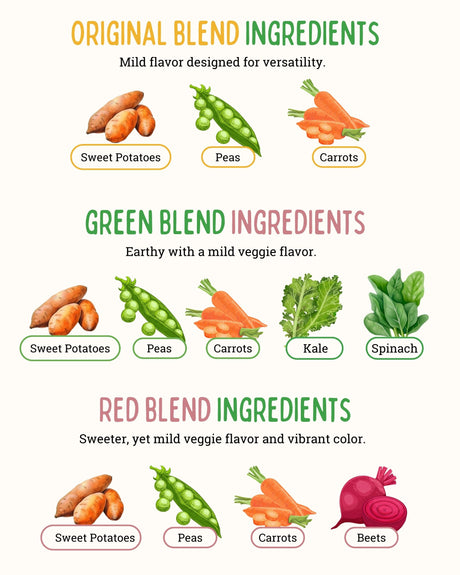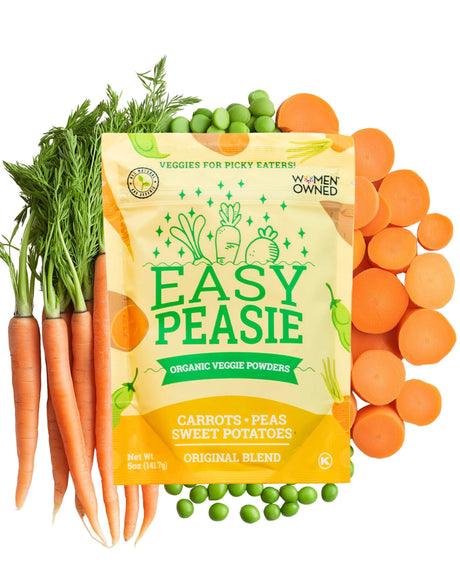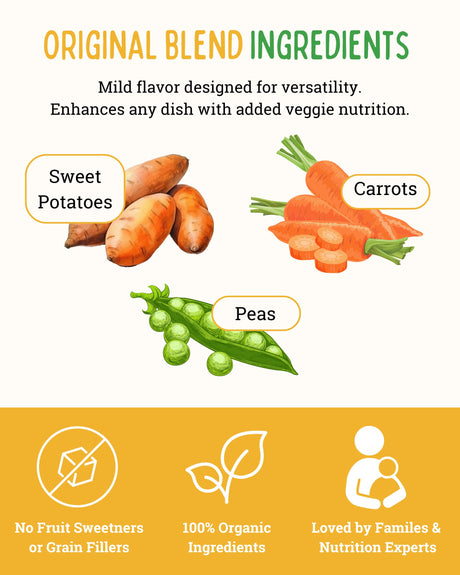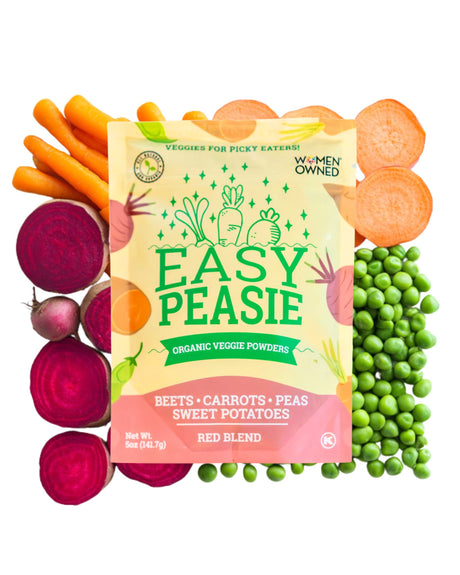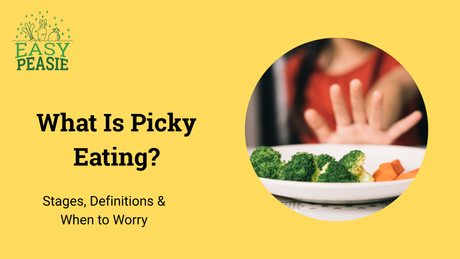Importance of Iron for Children
Iron is a mighty mineral, and when it comes to growing kids, it’s essential for their brain development, energy levels, and overall health. Think of it as the “fuel” that powers red blood cells to carry oxygen throughout the body. Without enough iron, children can feel sluggish, tired, and even struggle with concentration, which can affect their school performance and daily activities.
Iron deficiency can also lead to more frequent infections since it plays a key role in supporting the immune system. Beyond energy and immunity, iron is critical for physical growth and development—helping muscles and tissues get the oxygen they need to stay strong.
Ensuring your child gets enough iron is crucial to helping them stay sharp, healthy, and full of vitality as they grow.
In this blog, we’ll dive into everything parents need to know about ensuring their children get enough iron—a vital nutrient for energy, brain development, and immune support. We’ll explore iron-rich foods, from lean meats to plant-based options like lentils and fortified cereals.
You’ll also learn how to spot symptoms of iron deficiency, such as fatigue and pale skin, and understand the importance of regular pediatric check-ups to monitor iron levels.
Finally, we’ll share the best ways to boost iron intake naturally, with tips on meal planning, pairing iron-rich foods with vitamin C for better absorption, and when supplements may be necessary. By the end, you’ll have a solid understanding of how to keep your child’s iron levels in check, so they can continue to grow strong, healthy, and full of energy!
Understanding Iron and Its Role in Child Development
What is Iron?
Iron is like a superhero in the world of nutrients—it helps transport oxygen throughout the body, supporting energy production and keeping your child’s immune system strong. Without enough iron, red blood cells can’t do their job properly, leading to fatigue, poor concentration, and a weakened immune system. This can show up in kids as trouble staying focused in school, being more prone to illnesses, or even appearing pale and easily winded.
For growing kids, this essential mineral also plays a crucial role in brain development and physical growth, helping muscles get the oxygen they need to stay strong and healthy. It’s not just about keeping energy levels high—it’s about supporting overall development, mental sharpness, and a body ready to explore and learn. Ensuring a steady supply of iron in their diet is key to helping kids feel their best, both physically and mentally.
Recommended Daily Iron Intake for Kids
The amount of iron a child needs depends on their age and growth stage. Keeping track of these amounts ensures your child gets the right iron intake to support their growth and development. Understanding how iron is absorbed, and pairing iron-rich foods with vitamin C, can also help optimize how much iron their bodies actually use.
Not all iron is absorbed equally! Some factors, like pairing iron-rich foods with vitamin C (hello, oranges and strawberries), can boost absorption. On the flip side, calcium-rich foods, like milk, can interfere with iron uptake, so it’s best to space out these foods. Teaching kids to combine the right foods helps their bodies absorb the iron they need!
Signs and Symptoms of Iron Deficiency in Children
Common Symptoms of Iron Deficiency
Iron deficiency can sneak up on kids, showing itself in subtle ways. If your child seems more tired than usual, has pale skin, or becomes easily irritated, they could be showing signs of low iron levels. Other symptoms to watch for include weakness, frequent infections, and even a lack of interest in playtime or activities they usually enjoy.
Iron Deficiency Anemia in Children
When iron levels dip too low, it can lead to iron deficiency anemia—a condition where the body doesn’t have enough red blood cells to carry oxygen effectively. Kids with anemia might feel dizzy, cold, or find it hard to concentrate in school. Causes can range from poor dietary intake to growth spurts that outpace iron intake, making it essential to keep an eye on these symptoms.
When to Seek Medical Advice
If you notice any signs of iron deficiency in your child, it’s always a good idea to consult a pediatrician. A simple blood test can check their iron levels and confirm if they need supplements or dietary changes. Early intervention can prevent iron deficiency from affecting their growth and development!
Best Sources of Iron for Kids
Iron-Rich Foods for Kids
Ensuring your child gets enough iron starts with knowing the best food sources. Iron-rich foods include red meat, chicken, turkey, beans, lentils, spinach, and fortified cereals. These everyday staples are easy to incorporate into meals and can make a big difference in maintaining healthy iron levels.
Heme vs. Non-Heme Iron
Not all iron is the same! Heme iron, found in animal-based foods like meat and poultry, is more easily absorbed by the body. Non-heme iron, found in plant-based foods like beans, lentils, and spinach, is just as beneficial but needs a little help. Pairing non-heme iron with vitamin C (like oranges or bell peppers) boosts absorption, helping your child get the most out of their meals.
Iron-Fortified Foods for Children
In addition to natural sources, iron-fortified products like cereals, bread, and formulas are excellent ways to boost iron intake. These foods are often fortified with iron specifically to help growing kids meet their daily needs. Look for labels that indicate "iron-fortified" when shopping for snacks and breakfast options.
Iron Absorption and Tips for Increasing Iron Intake
How to Increase Iron in Your Child’s Diet
One of the easiest ways to increase iron absorption is to pair iron-rich foods with vitamin C.
A squeeze of lemon over spinach or a side of orange slices with a lentil dish can make all the difference. Another idea? Add tomatoes to iron-rich meals like beef stir-fry or taco bowls for a boost in both flavor and absorption.
Foods That Inhibit Iron Absorption
While you're focusing on boosting iron intake, it's important to know what can inhibit iron absorption. Foods high in calcium, such as dairy, can interfere with iron absorption when eaten at the same time.
Additionally, tea and certain whole grains can make it harder for the body to absorb non-heme iron. Try serving calcium-rich foods like yogurt or milk at times separate from iron-rich meals to maximize your child’s iron intake.
Iron-Rich Recipes for Kids
Making iron-rich meals kid-friendly doesn’t have to be tricky! Try spinach pasta loaded with veggies, or beef tacos topped with fresh salsa and avocado. For a plant-based option, lentil soup is a comforting, iron-packed dish that’s easy to prepare. These recipes are both nutritious and delicious, ensuring your little one gets their daily dose of iron.
Iron Supplements for Children
When to Consider Iron Supplements
Iron supplements may be necessary in certain situations, such as for picky eaters or children with dietary restrictions (like vegetarians or vegans). If your child struggles to get enough iron from food alone or has been diagnosed with iron deficiency, a pediatrician might recommend a supplement to help maintain healthy iron levels.
Types of Iron Supplements for Kids
Iron supplements come in several forms, including liquid, gummies, and tablets. Liquid supplements are often easier for younger kids to take, while older children might prefer chewable gummies or tablets. It's important to consult with your child's doctor to choose the right supplement and dosage based on your child’s age and dietary needs.
Dosage and Safety Considerations
When using iron supplements, it's crucial to follow dosage guidelines carefully to avoid side effects like constipation, nausea, or stomach upset. Start with the recommended dosage, and if side effects occur, consult your pediatrician for advice. Iron supplements should always be stored out of reach of children, as taking too much iron can be harmful.
Preventing Iron Deficiency in Kids
Healthy Iron Levels in Children
Maintaining healthy iron levels is all about balance. Regularly incorporating iron-rich foods like meats, legumes, and fortified cereals into your child's diet can help keep iron levels in check.
Be mindful of your child’s iron intake and monitor for any signs of deficiency, such as fatigue or pale skin.
Natural Ways to Boost Iron
Boosting iron naturally can be simple and delicious! Try adding dark leafy greens like spinach and kale to smoothies or incorporating lean meats like chicken and beef into dinner. Beans, lentils, and fortified cereals are other great ways to pack in iron without much fuss.
Importance of Regular Health Check-Ups
Regular pediatric check-ups are essential for keeping track of your child's iron levels and overall health. Your child’s doctor can perform simple blood tests to monitor iron levels and make sure your little one is growing and developing as expected. Staying proactive with health check-ups is key to preventing iron deficiency before it becomes a problem.
Practical Tips for Parents
Meal Planning for Iron-Rich Diets
Planning balanced meals is a simple way to ensure your child is getting enough iron throughout the week. Focus on incorporating iron-rich foods like lean meats, beans, spinach, and fortified cereals into your meal rotation. A weekly meal plan can help you organize meals that include a variety of iron sources, making it easier to meet daily intake requirements.
Creative Ways to Get Kids to Eat Iron-Rich Foods
Getting kids to eat iron-rich foods can sometimes be a challenge, but a little creativity can go a long way! Fun presentation ideas like cutting foods into fun shapes or creating colorful plates with a mix of fruits and vegetables can make iron-rich meals more exciting. You can also hide iron-packed ingredients, like spinach or lentils, in familiar dishes like pasta sauce or smoothies.
Encouraging Healthy Eating Habits
Fostering a positive attitude towards healthy eating starts young. Encourage kids to help with meal preparation, which can make them more likely to try new foods.
Talk about the "superpowers" of iron-rich foods—like how they give them energy and help them grow strong—so children can understand the benefits. Gradually introducing new iron-rich options will help build healthy habits for the long run.
Summary
Iron is an essential mineral that supports your child’s growth, energy, and overall health. Ensuring they get enough through iron-rich foods like lean meats, beans, and fortified cereals is crucial for preventing iron deficiency. With a bit of creativity and meal planning, parents can boost their child’s iron intake naturally and maintain healthy levels.
Stay Proactive
Regularly monitoring your child’s iron intake is an important part of maintaining their health. Keep an eye on any signs of deficiency, and don’t hesitate to consult a pediatrician if you have concerns about their iron levels.
We’d love to hear your own tips and tricks for ensuring kids get enough iron! Share your experiences in the comments, follow Easy Peasie on social media (Facebook, Instagram, and YouTube) for more healthy eating advice, and explore additional resources on children’s nutrition and health.


